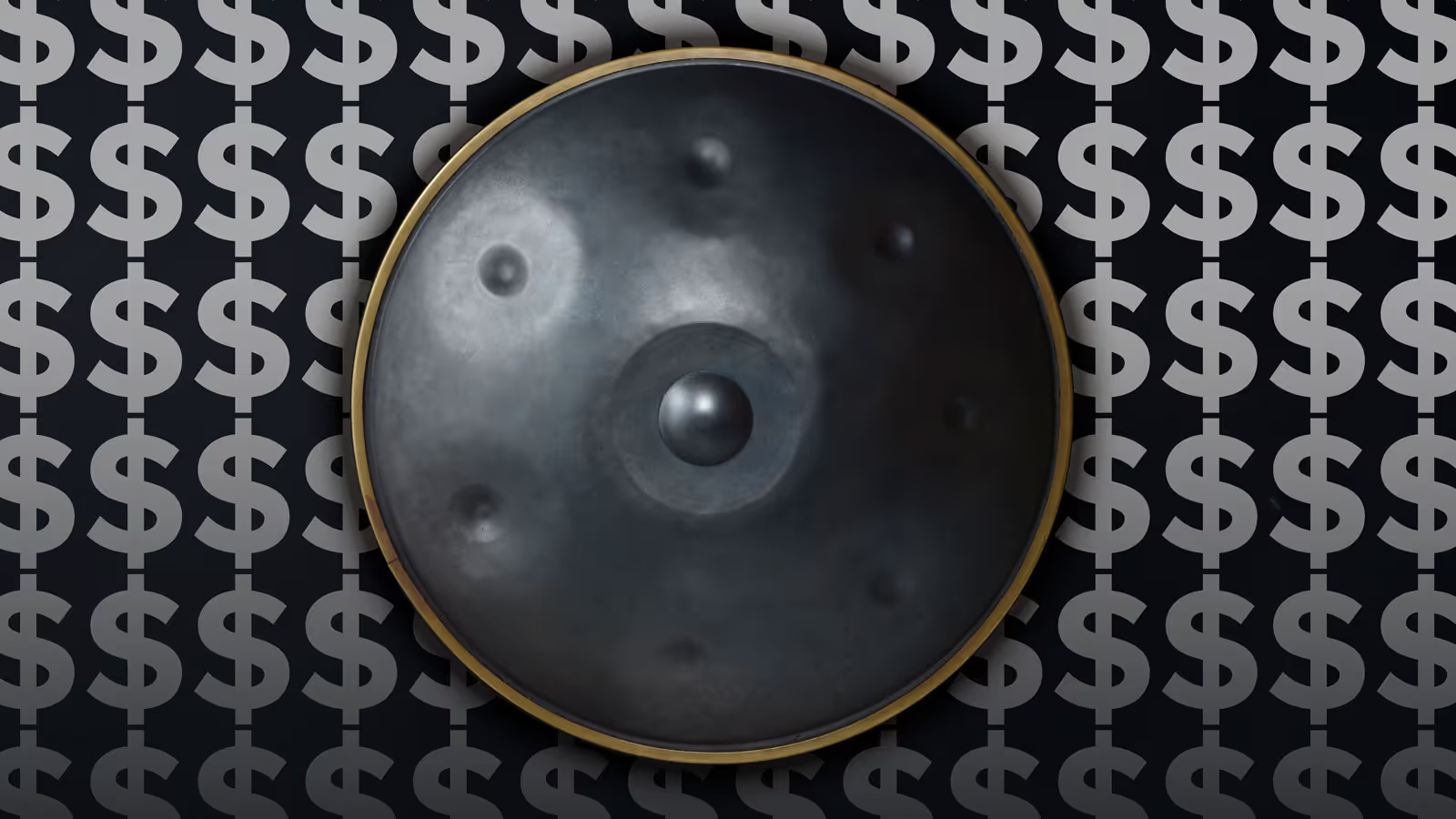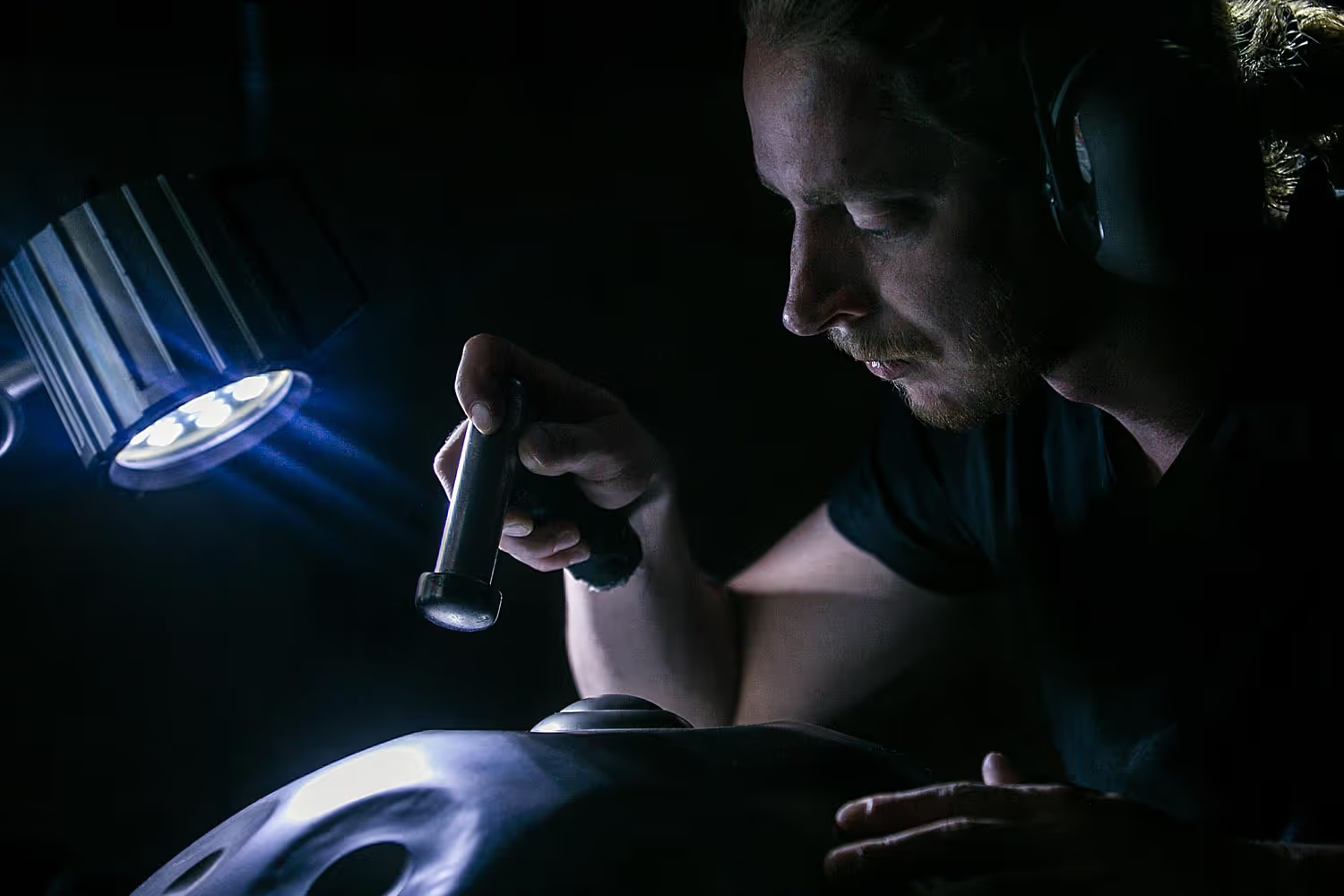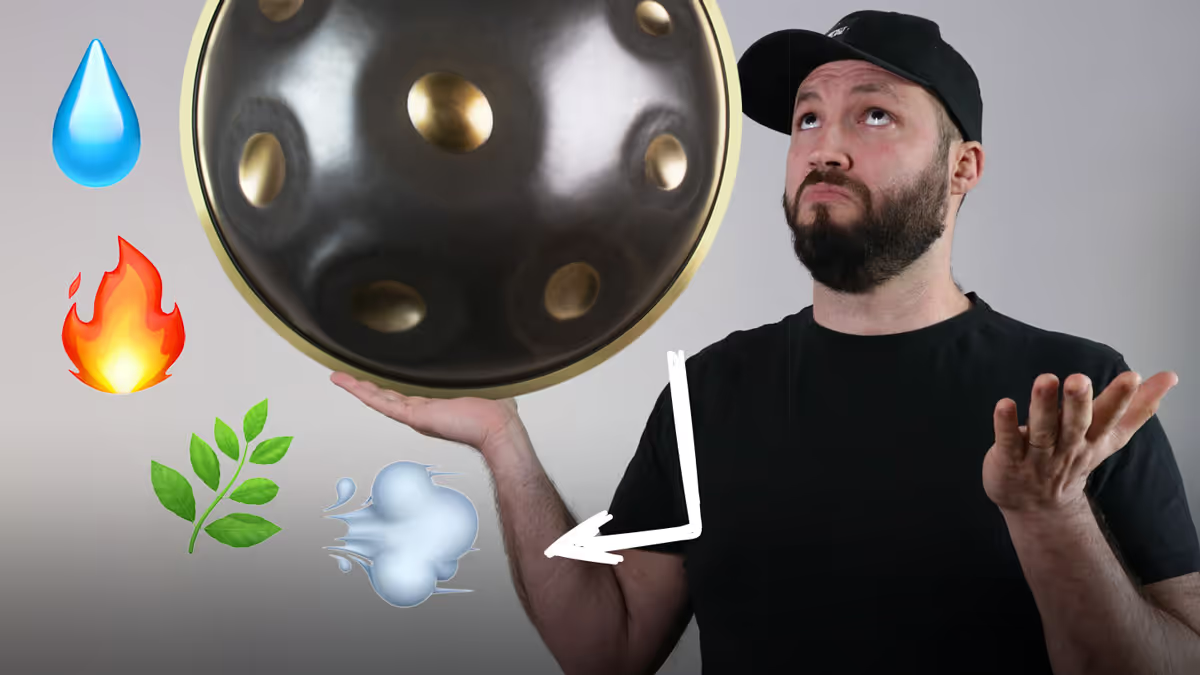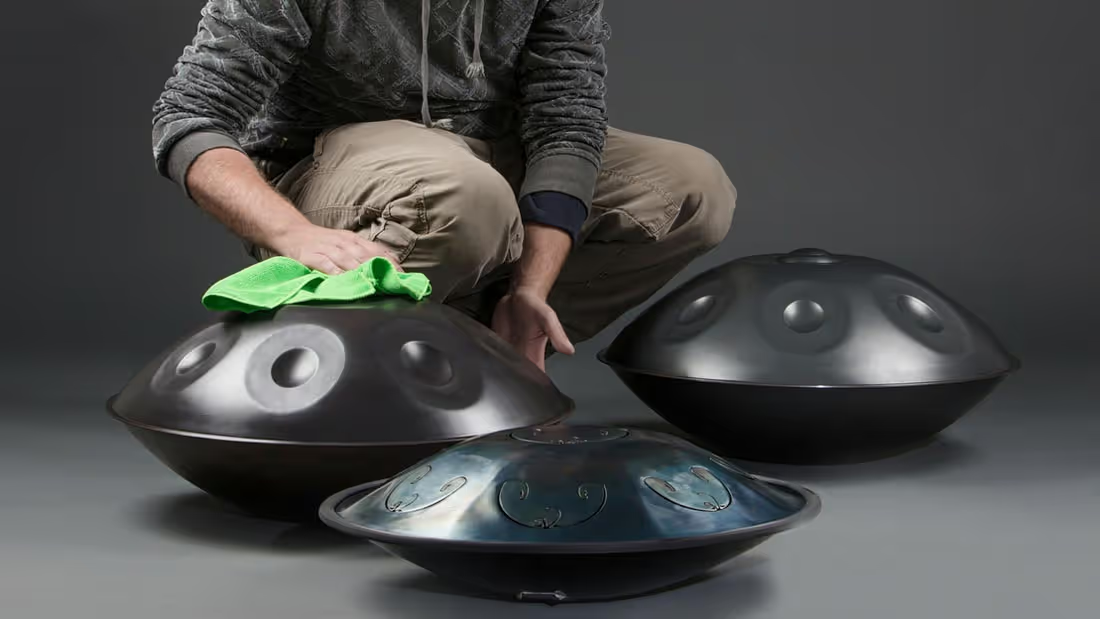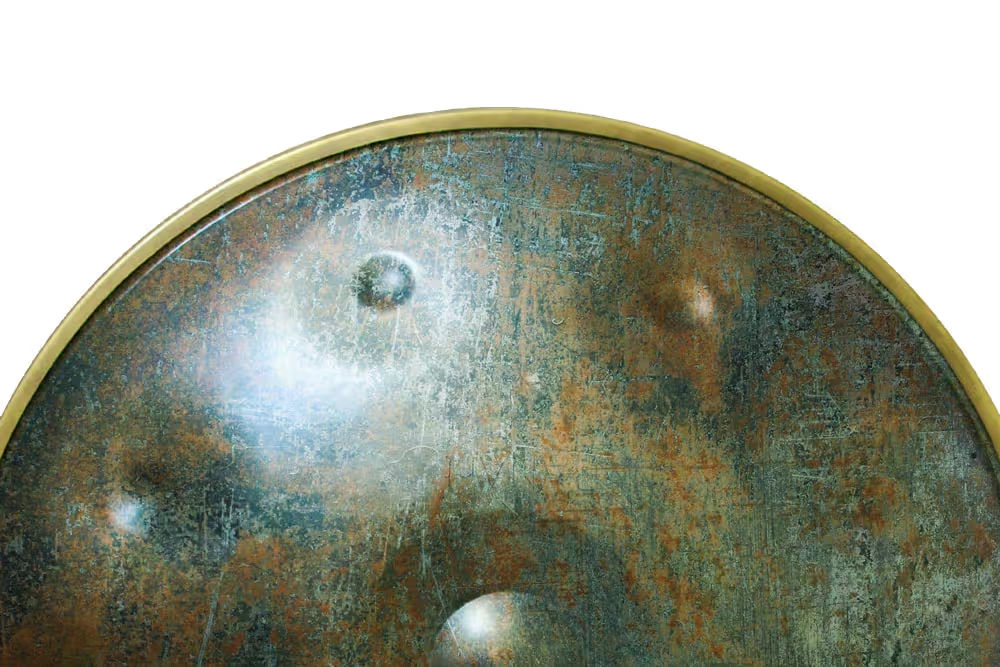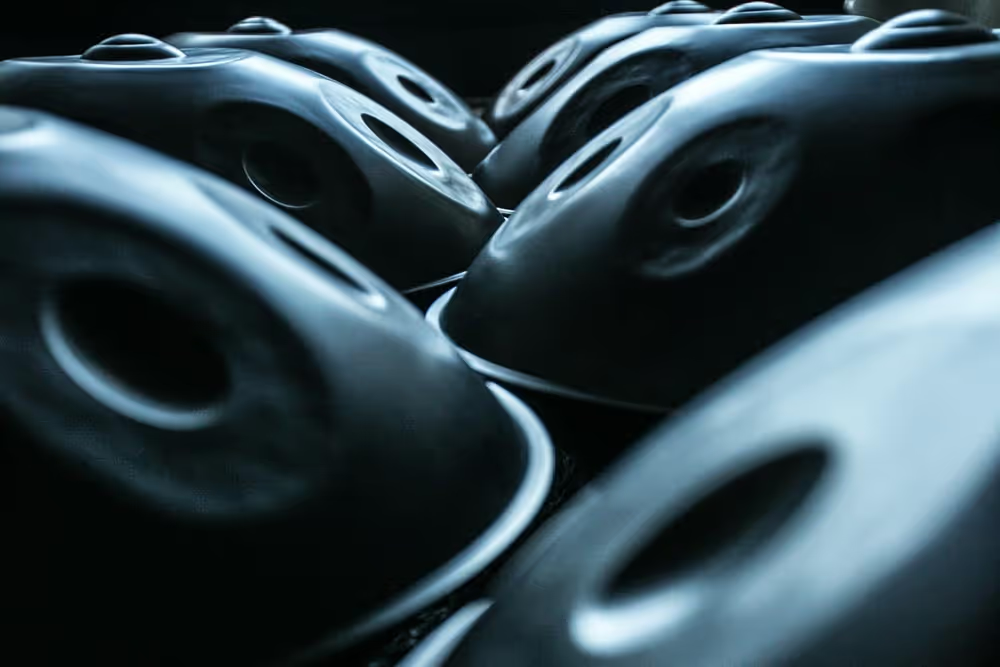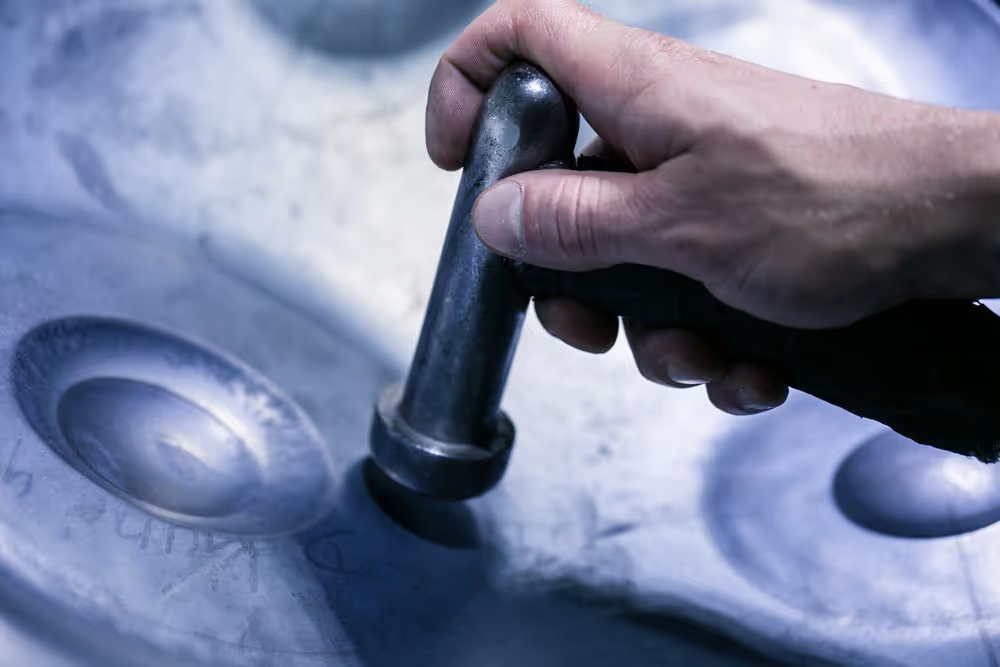I’m often asked this question, but it’s a tough one to answer because the quality, condition and number of notes on each handpan can vary enormously. That said, there is a ‘normal’ range and I’ve written more about it below.
So, you’re curious about the price tag of these beautiful instruments. Maybe you’ve narrowed down your favourite makers, selected your scales and now you want to know how much you should save up and how much to ask grandma to lend you?
Have a look at makers' websites
First off, it’s worth checking out the individual makers’ websites via our Maker’s Directory. However, as many handpans are made to order, makers often do not publish prices on their websites - assuming they actually have a website - and prefer to discuss this directly with customers, based on their needs, number of notes etc.
For this reason, the forums and Facebook pages don’t like to talk about prices either (unless a direct sale is involved). Even if you’ve managed to discover the cost of all your dream pans (well done if you have!), how do you compare them? Is that quirky bronze-coloured one really worth $1,000 more than the big blue one?
With time, your ears, the opinions of experienced handpan owners and enquiring with makers directly, will all help you to make an informed and value-for-money purchase.
Also see this super-useful guide: Seven marks of a quality handpan.
Back in those days
In 2004, I was lucky to get my hands on a 1st generation F major PANArt Hang for a knock-down price from a guy I met at a festival. He even threw in a bag for free. A year later, I bought a 2nd generation Hang directly from Felix and Sabina at their workshop for cost-price. As a teacher and professional player, my beloved steel family has grown over the years.
In addition to those 2 PANArts, it currently consists of Jan Borren, Meraki, Ayasa, Baopan and Pepis Noblet. I’m in love with many more, but my bank manager is restraining me. 😅
In my time, I’ve seen original rare Hangs go for more than $20,000. I’ve also seen beautifully crafted pans from promising new makers go for less than $800.
One thing I know for sure: Price does not necessarily reflect quality.
I’m always a bit concerned when I see brand new makers put big price tags on their very first instruments. However, I am not one to judge. Costs work both ways.
I know that behind every one of these beautiful domed creatures is a crazy amount of energy, love and potentially tens of thousands of hammer-strikes and days of tuning. Plus, before a maker can even start to produce and earn, there’s months of research and development, trials and tests, the expense of start-up tools and ongoing materials, and possibly custom-built machinery and a sound-proofed workshop.
See my article on how are handpan made to find out more about the science behind handpans.
Add to that, the cost of living… bills to pay, pensions (a rarity!), and maybe they have a family to support and/or are responsible for a small team. If they are a sole-maker, what do they do if they are injured and cannot produce or there’s an emergency that sets them back?
Sadly, I know of makers who have had their shells and pans stolen and equipment ruined in fires and floods. And finally, there are the rejects to consider – shells get cracked, tuning isn’t always successful – and they have to start over.
As far as I know, there are no millionaire handpan makers. 😀
With all that considered...
Here’s a rough guide to pricing (as at 2019)
- For a solid handpan with a standard number of notes (7-8) from a good maker: you should probably expect to pay no less than $1,000-$2,500 (new).
- For a ‘top-shelf’ make and/or for more notes: you’re looking at around $3,000-$4,000 (new).
- For anything rare or custom: you can expect to pay more.
I know this seems a lot, but they are really not expensive for what they are, their rarity, the demand for them and what’s behind their creation. When talking about money, I like to make comparisons.
A rare vintage Zildjian or high-spec custom Paiste cymbal, for example, could easily cost $1,000-$3,000. Yet cymbals take less time, are simpler to make and only have one ‘note’. I believe that the vast majority of makers are fair in their price structures.
Ultimately, it’s all about demand economics – if someone out there is willing and happy to pay for something special, then why not?
A note of caution
That said, as a note of caution, there’s a small percentage of people who ‘flip’ – that is those who buy handpans and re-sell them immediately for a huge profit.
We, as a community, have rules. Inspired by Felix and Sabina who insisted that no PANArt creation should ever be sold for more than it was bought, most makers are willing to buy their pans back at cost-price. The flipping of pans is condemned and I would advise you not to buy from such sellers, even if they do have your dream pan and you have the funds, because it can raise the price of certain instruments to make them unattainable for the majority of our community.
If, conversely, your budget is tight, ensure you’re on your favourite makers’ email list as they may offer flash sales and occasional discounts. There’s even the possibility to win one at a festival for free or for the minimal cost of a lottery ticket.
How about second-hand instruments
And finally, there are many second-hand instruments and reputable owners out there who offer their pans at a reasonable price or may need urgent funds and reduce the price for a quick sale.
Sometimes they even throw in a case or shipping for free. It’s always worth looking regularly on The MasterTheHandpan Community Swap and Sale category and the following Facebook groups:
- Handpan Instruments
- Handpan Instrument Lovers(swap/sale)
- Swap and Sale (only for 2nd hand Handpan)
Please, make sure to read these 11 top tips to avoid getting scammed when you buy. Sadly, there has been an increase in the number of dodgy offerings, scams and cons. While we cannot prevent all of these scams, we can do our best to inform and advise as much we can.
With more and more great makers entering the field each year, prices are already becoming competitive and evolving from an exclusive market to a buyer’s paradise.
Who knows, you may be able to build up a collection without annoying your bank manager and still have some spare change! 😀



